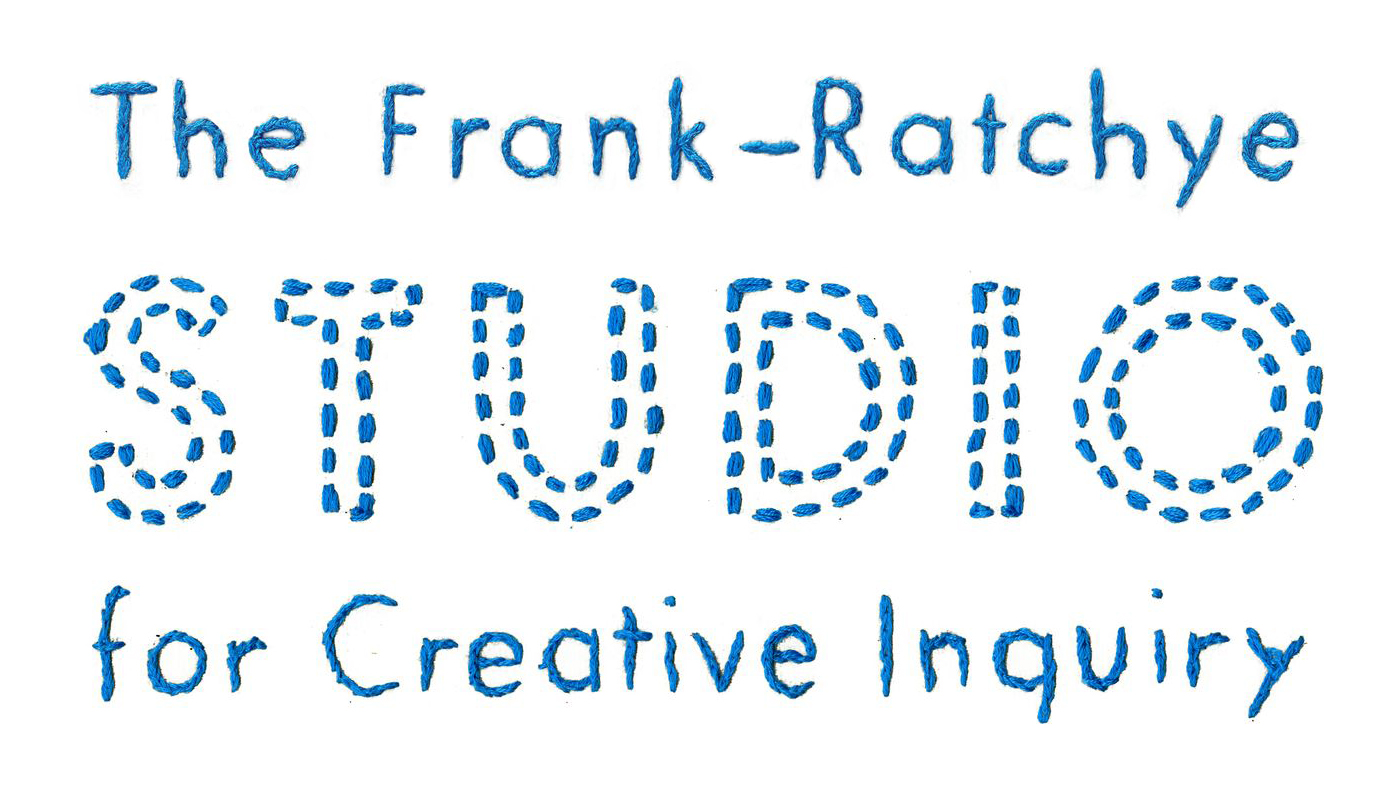REVERB
Bridging virtual and physical contexts in fabrication & design
Reverb is a context-aware 3D modeling environment that lets you design ready-to-print wearables around your own body. Reverb uses in techniques computer vision, digital design, and digital fabrication to translate your real-world hand gestures into intricate geometry that can be immediately printed and worn on the body.
Modeling Interface
Reverb uses a chronomorphologic modeling technique to rapidly generate complex form around a 3D scan. Chronomorphology — like its nineteenth-century counterpart chronophotography — is a composite recording of an object’s movement. Instead of a photograph, however, the recording medium here is a full three-dimensional model of the object — a virtual creature simulated within a digital environment. This virtual creature exists as a 3D printable module; it is constructed as a closed mesh, with a spring skeleton that prevents self-intersections. The composite, chronomorphologic model (of the virtual creature over time) retains these printable properties at each time-step. Therefore, no matter how intricate or complex, the digital geometry will always be exported as a valid, 3D printable mesh.
The modeling interface uses a three phase workflow (3D scanning, 3D modeling, and 3D printing) to enable a designer to appropriate a physical context for their digital designs. This digital-physical workflow begins in the scanning phase, which imports a physical context into the virtual environment. A depth camera translates a physical space or object into a three-dimensional point cloud. The point cloud is used as a persistent reference on which to base a digital design; it gives a sense of scale and materiality to an otherwise empty virtual space. The modeling phase creates an expressive digital form around the previously scanned context.
The same depth camera is used to continuously capture a designer’s realtime hand gestures. These gestures then manipulate an animate digital geometry within a chronomorphologic modeling environment. The designer aggregates the animate 3D model to create complex geometries around the 3D scanned context. The printing phase then translates the digital geometry into physical matter. Once the geometry is 3D printed, the digitally fabricated artifact can then be immediately embedded into the physical environment.
Digital-to-Physical-to-Digital
The chronomorphologic modeling environment facilitates rapid generation of baroque and expressive spatial forms that both respond and expand on existing physical contexts. By mediating 3D scanning and 3D printing through the modeling environment, the designer has a streamlined workflow for oscillating between virtual and analog environments. These complementary behaviors — transcribing bits into atoms, and atoms into bits — create a closed loop in which a designer can recursively generate imaginative digital forms to integrate back into the built environment. Moreover, the ease in shifting between digital design and physical production provides a framework for rapidly exploring how subtle changes in the virtual environment, physical environment, or designer’s gestures can create dynamic variation in the formal, material, and spatial qualities of a generated design.
Collar Studies
For high resolution images, please click here.














